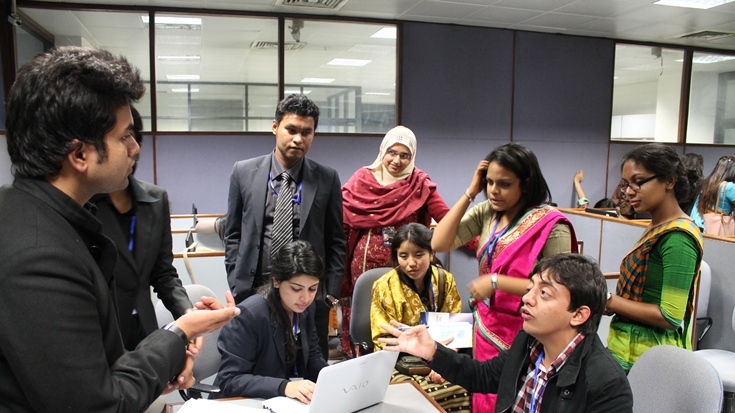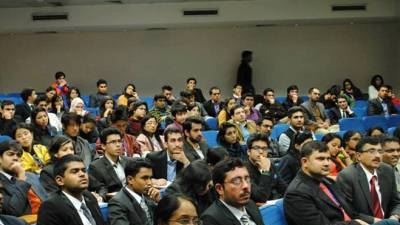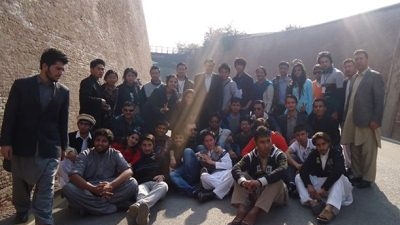Despite shared languages, history, culture, and borders, South Asia remains one of the least integrated regions in the world. The cost of weak regional cooperation tends to hurt the poor and vulnerable more than other segments of the population. Increased cooperation holds many opportunities for development gains for all countries of South Asia, yet many barriers exist to further regional cooperation.
How to tackle these issues and help South Asia maximize the gains from such cooperation were discussed last week in Lahore, Pakistan by a group of budding young South Asian students. Hosted jointly by the Lahore University of Management Sciences (LUMS) and Lahore School of Economics (LSE), the 10th Annual South Asian Economics Students Meet brought together 82 economics undergraduate students from around South Asia. With teams of 10 members each, students from Bangladesh, Bhutan, India (two teams), Nepal, Pakistan, Sri Lanka, and for the first time, Afghanistan met and interacted over a week-long packed schedule of events.
The theme this year was the Political Economy of South Asia, with each student submitting a paper on one of six sub-themes, discussing wide-ranging topics from the differences in the ready-made garment industries between India and Bangladesh, to development-induced displacement, to the relationship between trade and security in the region. The students each presented their papers, with a panel of judges, made up of professors of economics from around the region, picking a winner in each sub-theme.
Consistently throughout the events, participants were challenged to think and apply economics theories they have learned in the classroom to real-world issues. Dr. Atif Mian from Princeton University set the context at the opening session explaining to participants how to think about political economy, particularly in a South Asian context.
Alongside this was also held the Budding Economist competition, consisting of a paper submission and a written exam on micro-, macro- and development economics. A visual round was then held, where participants were shown a picture and had to creatively describe it using economic theories. The finalists then had a public, panel interview. The winner, and Budding Economist of 2013 was Chathuni Kaneesha Uduwela, from the University of Colombo in Sri Lanka. An inter-university quiz competition was also held, won by the team from Bangladesh.
The World Bank, which has supported the conference since 2007, participated in a discussion on the political economy of multilateral institutions and stabilization policy. Here, students heard from panelists who have been directly involved in economic policymaking and IMF and World Bank programs for various countries, including the 1990s East Asian financial crisis to the negotiation of the IMF-Pakistan program in 2008. A second panel discussion was held on urbanization in South Asia. The UN Industrial Organization (UNIDO) also presented some of their trade-related initiatives in Pakistan.



